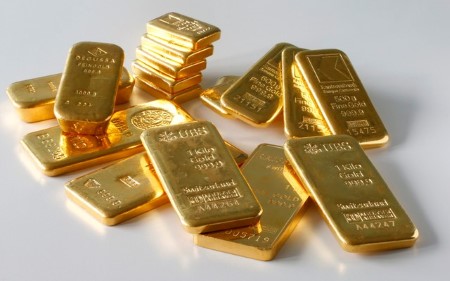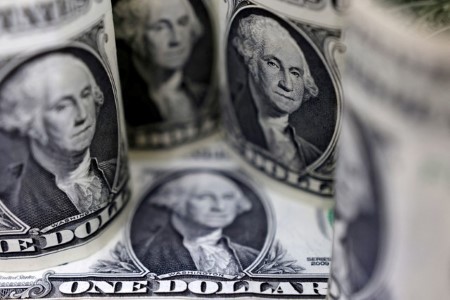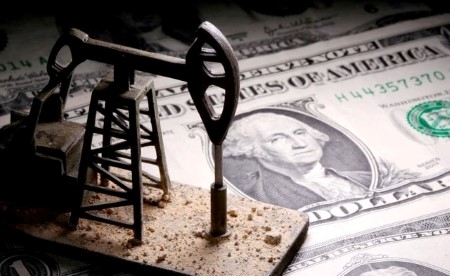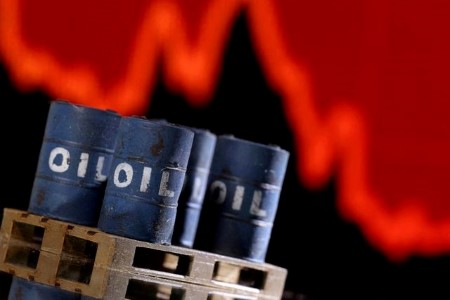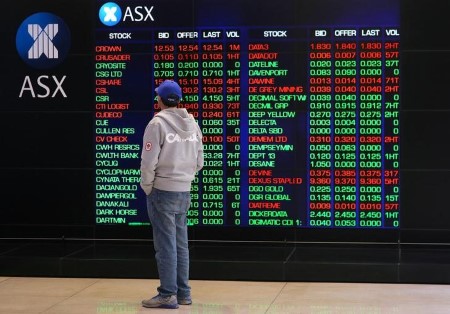Adds oil and products demand data
By Stephanie Kelly
NEW YORK, Aug 31 (Reuters) – U.S. crude oil production rose in June by 1.7% to its highest since April 2020, according to a monthly report from the U.S. Energy Information Administration on Wednesday.
Oil production rose to about 11.8 million barrels per day in June from about 11.6 million bpd the month prior, the report showed. Producers cut back drastically on output in 2020 after pandemic lockdowns slashed demand, and companies have been gradually boosting production.
Production in North Dakota rose 3.4% to about 1.1 million barrels per day in June, highest since March, the report showed.
New Mexico output rose 2% to 1.5 million barrels per day in June, highest on record. Output in Texas fell 0.1% to just under 5 million barrels per day in June, lowest since February.
Monthly gross natural gas production in the U.S. Lower 48 states rose to a record 109.3 billion cubic feet per day (bcfd) in June, the EIA said in the monthly report.
In top gas producing states, monthly output rose 0.4% to a record 31.1 bcfd in Texas, and fell 0.5% in Pennsylvania to about 20.6 bcfd.
Demand for U.S. crude and petroleum products rose in June to about 20.8 million bpd, the highest since August 2019, according to the EIA.
Demand for motor gasoline rose to 9.1 million bpd, the highest since August 2021, the EIA said.
(Reporting by Stephanie Kelly; Additional reporting by Arathy Somasekhar; Editing by David Gregorio and Jonathan Oatis)
((Stephanie.Kelly@thomsonreuters.com; 646-223-4471; Reuters Messaging: stephanie.kelly.thomsonreuters.com@reuters.net))







 DOWNLOAD
DOWNLOAD






